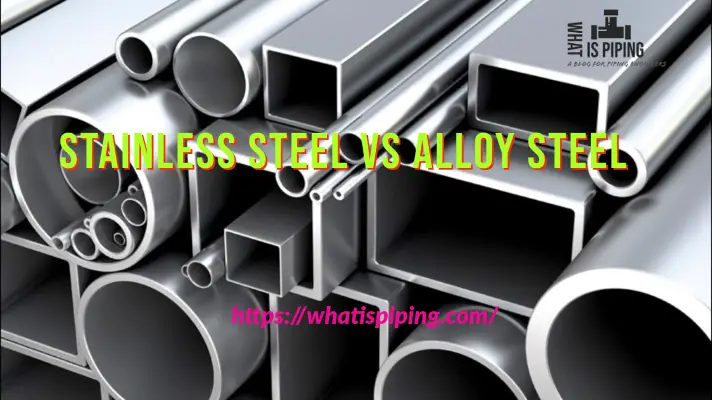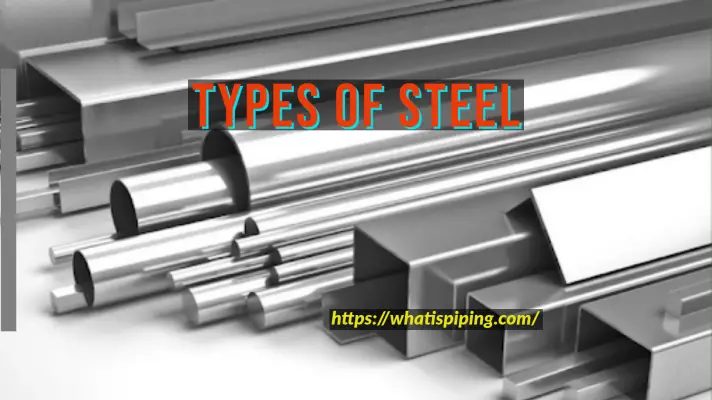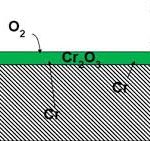Chromoly or Chrome Moly is a type of low-alloy steel. The popularity of the name Chromoly or Chrome Moly is due to the presence of two major alloying elements in steel; Chromium and Molybdenum. When an increase in strength is required, Chromoly steel is one of the alternatives. They are designated as AISI 41XX. The most popular and widely used Chromoly steel is AISI 4130.
Chromoly AISI 4130
Chromoly AISI 4130 steel is the most common Chromoly steel. The designation is based on the widely accepted AISI 4-digit naming convention where 41 indicates low alloy steel with chromium and molybdenum. The digit “30” at the end denotes the carbon content; Here it shows an approximate carbon percentage by weight is 0.30%.
The addition of chromium and molybdenum as alloying elements provides the steel-added properties. The strength is significantly increased as compared to its mild steel counterpart, AISI 1030, having the same percentage of carbon. The strength can further be increased by employing a proper hardening procedure. Additionally, the hardenability and corrosion resistance properties are also increased in Chromoly steel. The molybdenum addition in Chromoly increases the toughness.
Annealed AISI 4130 has good formability, machinability, and weldability. For welding of Chromoly steel, preheating may be required.
Characteristics of Chromoly
The important characteristics of Chromoly are:
- Easily hardenable
- Case-hardenable
- Weldable (MIG and TIG are normally used)
- Annealed Chromoly has good machinability
- More corrosion-resistant than normal steel.
- Higher strength-to-weight ratio
- Creep strength
- Wear resistance
- Rigidity
- Good impact resistance
- Ease of fabrication
Applications of Chromoly
A variety of industries use Chromoly Steel. They are most commonly found in bicycle, automotive, heavy equipment parts, oil & gas industry, forming equipment, nuclear industry, fossil fuel power stations, and metal production industries.
Some of the specific applications of Chromoly are:
- Bicycle tubing
- Roll cages for race cars
- Molds
- Clutch and flywheel
- Tie rods
- Pins
- Machine shafts
- Furnace equipment
- Crankshafts
- Conveyors
- Chain links
- Drill collars
- Fuselages on small aircraft
- Gas delivery tubing
- Miscellaneous tooling
Is Chromoly Stronger than Steel?
Chromoly has more strength than normal mild steel. So, Chromoly is stronger than steel. Because of its high strength and higher strength-to-weight ratio, Chromoly steel is widely used in the automotive and aircraft industries. Additionally, Chromoly can be case hardened by carburization providing a hard outside surface to reduce wear and tear. Also, Chrome moly is stronger than standard stainless steel.
What is Chromoly Tube?
Chromoly tubing is the tubing made from low-alloy steel group Chromoly containing chromium and molybdenum as an alloying addition. The addition of chromium adds strength, hardenability, and a level of corrosion resistance to the Chromoly tubes. However, Chromoly tubing is not as corrosion-resistant as stainless steel. Chromoly tubes are heavier than aluminum alloy tubes.









Am into piping,yet to become an engineer I will need more coaching from my bosses here. Thanks